When striving for a clean and efficient kitchen, one question that deserves your attention is: What color cutting board should you select? This decision is particularly crucial for kitchen professionals, especially in busy commercial environments, where the implications of color choices extend beyond mere aesthetics. Choosing the right color of cutting board can be game-changing, enhancing food safety, optimizing workflows, and preventing cross-contamination. Lets delve into this fascinating subject to reveal the benefits of color-coded cutting boards.
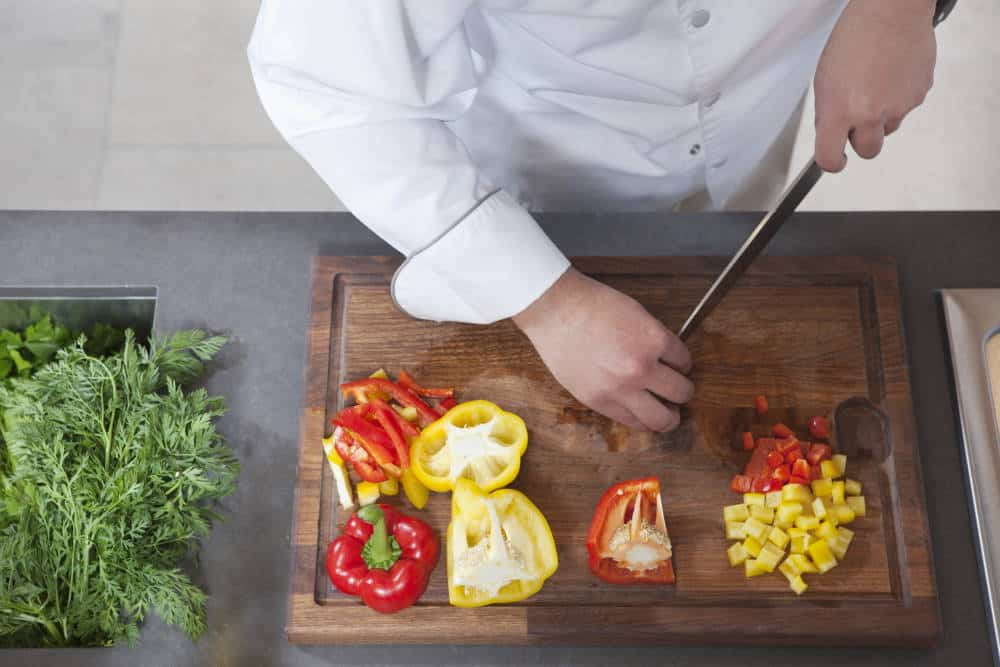
Why Are Cutting Board Colors Important?
For those working in professional kitchens, utilizing color-coded cutting boards isnt simply a matter of preference; it's a practice mandated by global food safety regulations. Different types of food carry distinct bacteria, and using a single cutting board for various food items increases the risk of cross-contamination. For example, bacteria from raw chicken can easily transfer to vegetables if the same board is used.
By associating specific types of food with certain colors, professional kitchens can establish a straightforward, effective system that minimizes risks. For example:
- Raw meats (Red cutting board)
- Raw fish (Blue cutting board)
- Dairy (White cutting board)
- Vegetables (Green cutting board)
- Cooked foods (Yellow cutting board)
This simple yet effective system ensures food safety and reduces the chances of making a shocking mistake that could compromise customer health or put a kitchens reputation at risk.
Kitchen Technology: Which Professional Boards Are Best?
Advancements in kitchen technology have introduced cutting boards made from various robust materials including plastics, wood composites, and even bamboo. However, not all cutting board options contribute equally to food safety. Food safety regulations predominantly support color-coded plastic cutting boards due to their durability, ease of cleaning, and resistance to bacterial absorption.
According to industry-approved guidelines, while wooden cutting boards are popular for fruits and bread, they are less suitable for raw meats because microbes can penetrate their porous surfaces. Professionals prefer plastic boards as they can withstand heavy-duty prep while remaining hygienic if properly maintained.
Understanding Cutting Board Colors for Specific Foods
Red for Raw Meat
The red cutting board is designated for raw meats, such as beef, pork, and lamb. This color highlights the need to prevent bacteria, like salmonella or E. coli, from contaminating other food items.
Green for Fresh Vegetables
Green boards represent freshness and are specifically used for chopping fruits and vegetables. Since these foods are often eaten raw, its essential to keep them separated from raw proteins.
Yellow for Cooked Foods
A yellow cutting board is reserved for cooked foods, preventing the risk of recontamination with raw items. This distinction between the handling of cooked and raw foods is critical for maintaining proper hygiene.
Additional Colors You Might Encounter
Blue boards are typically dedicated to raw fish, while white boards are used for dairy products or baked goods. Each color plays a crucial role in creating a balanced kitchen environment where safety and efficiency go hand in hand.
Keeping Your Cutting Board System in Top Shape
Now that you comprehend what color cutting board you should choose, its equally important to maintain their condition. Regular cleaning, careful storage, and visual checks for deep grooves (which can harbor bacteria) can significantly enhance their longevity and performance.
Learn more about how to properly care for your cutting boards here.
FAQs: Your Cutting Board Questions Answered
1. Can color-coded cutting boards help reduce foodborne illnesses?
Absolutely! By distinctly separating raw and cooked items with a color-coded system, the risk of contamination is significantly lowered.
2. How often should cutting boards be replaced?
Regularly inspect your boards and replace any that show deep grooves or significant wear and tear to maintain maximum hygiene.
3. Are wooden boards unsafe for raw meats?
Yes, wooden boards tend to absorb moisture and can trap bacteria from raw proteins. Plastic boards are generally safer.
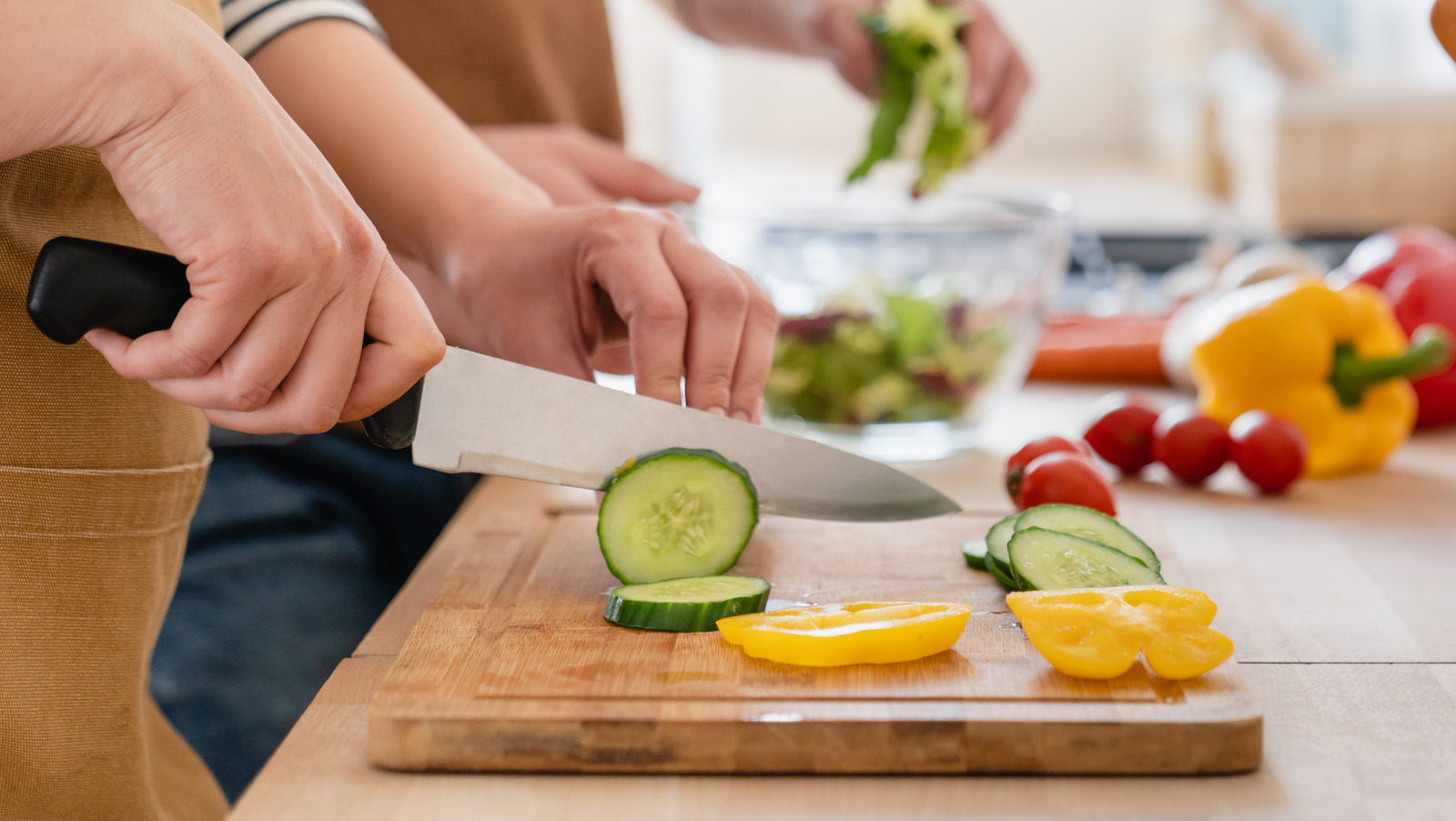
Final Thoughts on Cutting Board Color Choices
By now, the significance of asking what color cutting board you should choose is abundantly clear. In professional kitchens, this seemingly simple decision can foster trust, assure customer safety, and revolutionize kitchen workflows. It's a strategy that every serious kitchen professional should prioritize.
For more insights on kitchen tools and safety, consider checking out these tips, and enhance your cooking experience even further.
This article contains affiliate links. We may earn a commission at no extra cost to you.

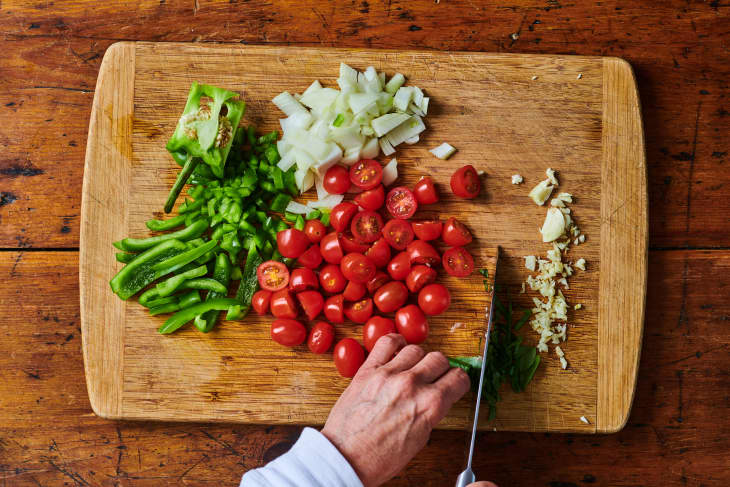


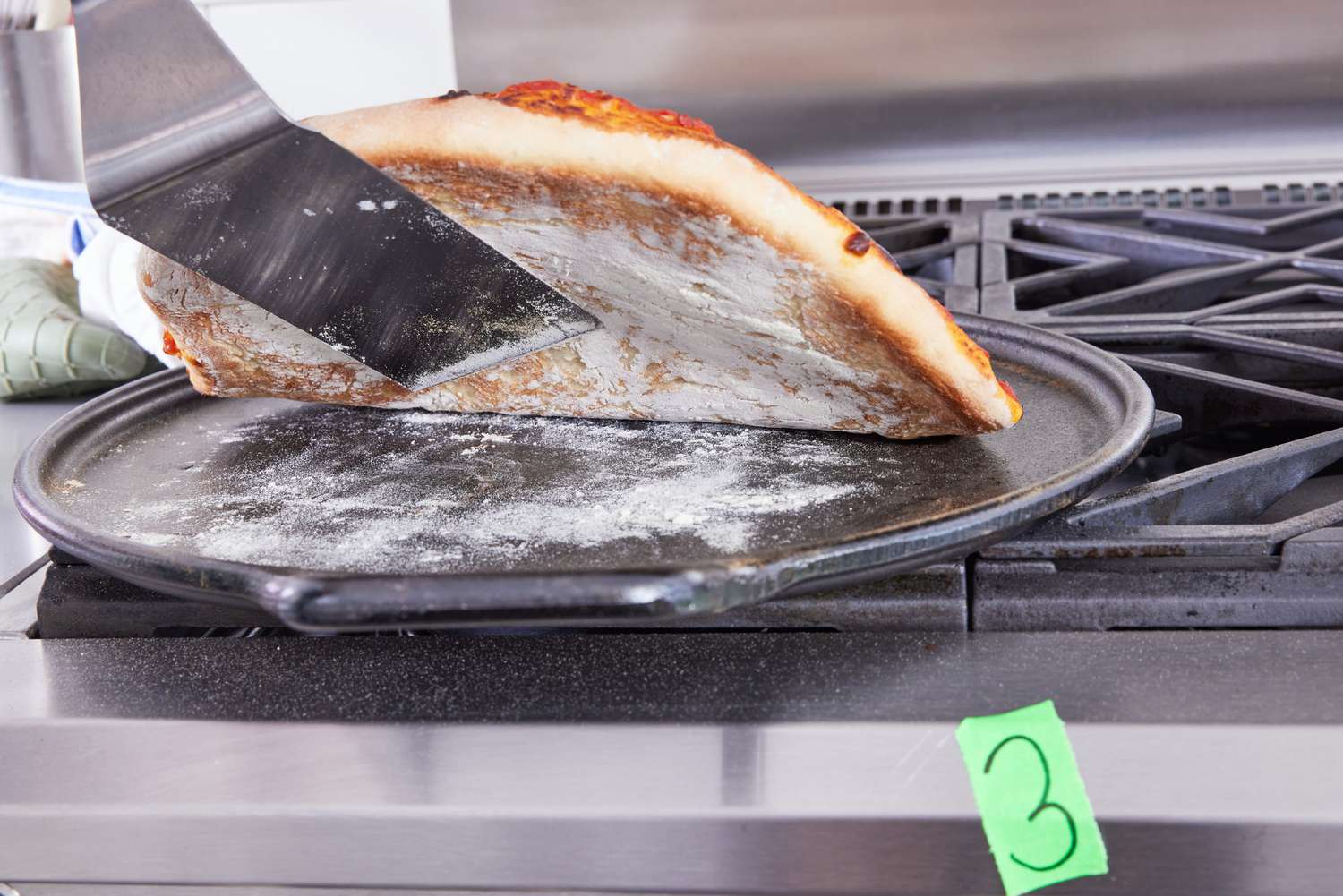
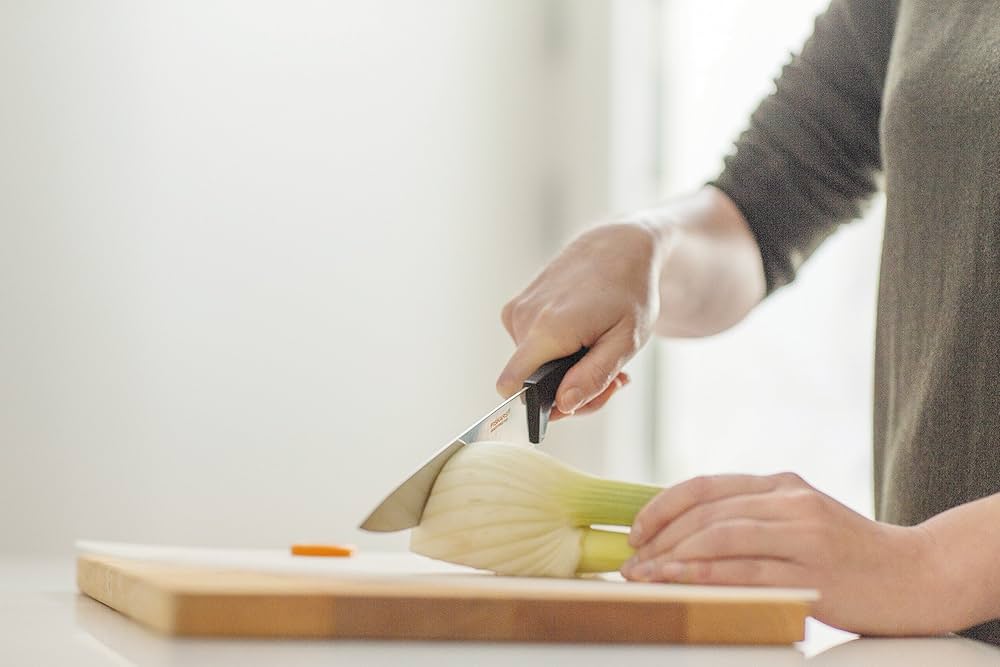
Leave a comment
This site is protected by hCaptcha and the hCaptcha Privacy Policy and Terms of Service apply.